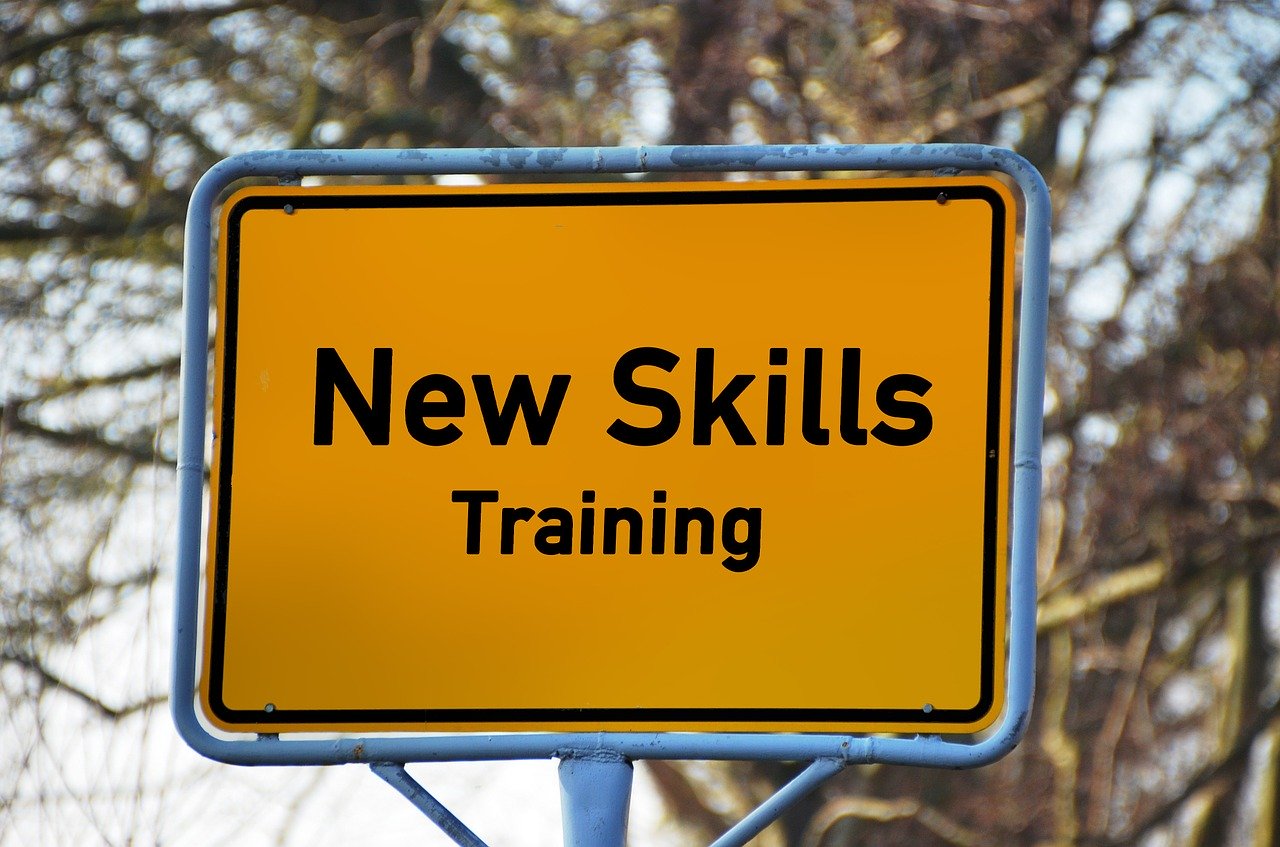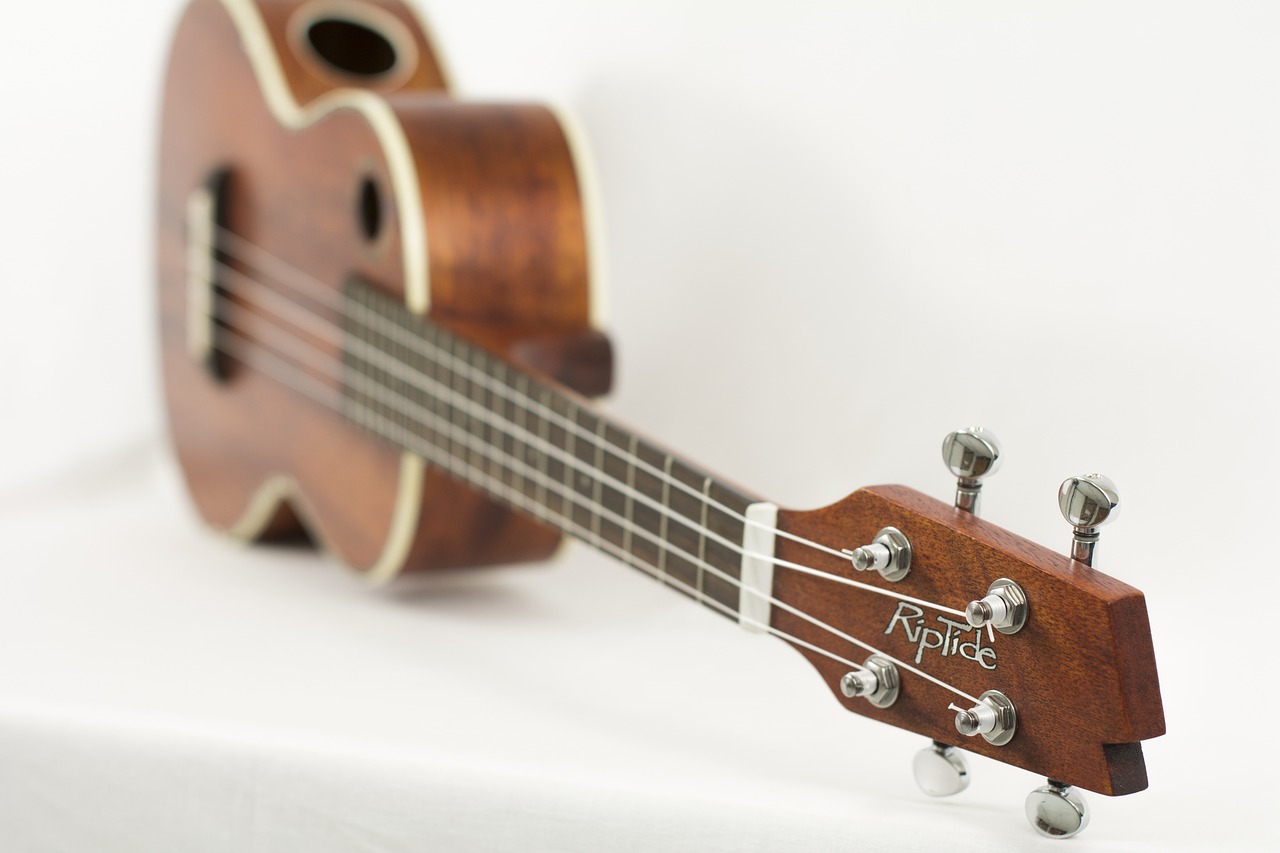- DTMer-like reading reviews Most things can be learned in 20 hours
- Basic information that most things can be learned in 20 hours
- Most things can be learned in 20 hours Summary
- XNUMX-step method for acquiring super-fast skills
- Skill acquisition method 10 rules
- 1. Choose an attractive project
- 2. Focus energy on one skill
- 3. Clarify the target performance level
- 4. Break down skills into sub-skills
- 5. Get important tools
- 6. Remove obstacles to practice
- 7. Secure practice time
- 8. Create a mechanism for immediate feedback
- 9. Practice at once by the clock
- 10. Focus on quantity and speed
- Sleep learning
- Key points of the ukulele learning method
- DTMer-like reading review Most things can be learned in 20 hours Summary
DTMer-like reading reviews Most things can be learned in 20 hours
I'm yosi, the maintainer of Chillout with Beats.
Suddenly, I'll write a little review of the book.
There are three reasons.
・ I have a notebook that summarizes the main points, but I haven't been able to use it at all.
・ I want to deliver the essence that is useful for DT Mer
Of course, there is also the aspect of being an affiliate.
However, I do not mean anything, but I want many people to know and utilize what I really recommend.
This is the first book, but it's been a whileIf you look at Amazon, the price isAlthough it was used, I was surprised that it was more expensive than new.
(Maybe there is demand at Stya Home)
Basic information that most things can be learned in 20 hours
Chapter XNUMX Self-introduction-Why I became a learning addict
Chapter XNUMX Rule of Super Speed Skill Acquisition Method XNUMX
Chapter XNUMX XNUMX Basic Rules for Effective Learning
Chapter XNUMX Yoga
Chapter XNUMX Programming
Chapter XNUMX Touch Typing
Chapter XNUMX Go
Chapter XNUMX Ukulele
Chapter XNUMX Windsurfing
Afterword of the author
Acknowledgments
Translator's postscript
Most things can be learned in 20 hours Summary
This book isHow to acquire the skill you are trying to acquire with less time and effortYou can learn.
The title is a little catchy,The point is, in 20 hours, bring that skill to a place where you think it's fun (growing).I think that is the point.
You can actually learn how the author can learn new skills within 20 hours without practicing for more than 90 minutes a day.
There is a speech at TED, so please take a look.
This is recommended for those who understand English or for viewing with subtitles.
(Because it is a presentation, it may be more realistic than dubbing.)
XNUMX-step method for acquiring super-fast skills

- Disassembly: Skill as much as possibleBreak down into small substeps
- Learning: Acquire sufficient knowledge about sub-skills so that you can practice wisely and self-correct during practice.
- Removal: Removes physical, mental and emotional obstacles that interfere with practice
- Practice: At least the most important sub-skills20 hours practiceTo
Skill acquisition method 10 rules

1. Choose an attractive project
First, you have to choose an attractive project.The more you are absorbed in the skill you are looking for, the faster you will learn.
2. Focus energy on one skill
To acquire new skills, it is necessary to devote a large amount of time and attention.
Make a "list of things you're thinking of doing".
Summarize things that aren't important enough to focus on what you want to do.Temporarily shelve responsibility for thinking and acting until you decide to upgrade to a priority.
3. Clarify the target performance level
Concisely write a level that seems to be sufficient.How to set the target performance level depends on why you acquire the skill in the first place.
If you have a motive to have fun, the goal is not frustrating, but the stage where you can enjoy the practice itself.
If your goal is to be able to do something, what is the lowest level of performance you can tolerate?The best place to reach your target level is to reach out.
4. Break down skills into sub-skills
Most skills are bundled with sub-skills.
Break down the skill into as small parts as possible.
First,By focusing on the key sub-skills, you can improve a lot with little effort.
5. Get important tools
Most skills have something to prepare.
What is the best tool available on a budget?
Taking the time to review important tools before you start practicing can save you time
6. Remove obstacles to practice
If you try to overcome obstacles such as TV, telephone, and email with your will, the failure is visible.
The power of will that can be exercised in one day is limited.
7. Secure practice time
Identify how to use time with low added value and consciously eliminate it.
As an experiment, briefly record how you spend your time for a few days.
We recommend that you have at least 90 minutes of practice time per day.
And once you start practicing, continue whatever happens until 20 hours.
If you don't want to spend 20 hours, you should choose another skill from the beginning.
8. Create a mechanism for immediate feedback
Make sure you get back information about how well you are doing as soon as possible.The longer it takes to get accurate feedback, the longer it takes to acquire skills.
You can check your performance by using a shooting device such as a video camera..
9. Practice at once by the clock
In the early stages of practicing a skill, it is easy to overestimate the time practiced so far.
It seems like I'm practicing longer than it really is.
You can count downTry to measure for 20 minutes with a timer.
There is only one rule,After starting the timer, practice without shaking your eyes until the bell rings..
10. Focus on quantity and speed
When you learn skills, you want to do it perfectly.But that makes me frustrated.
Focus on practicing as much as possible as soon as possible while maintaining the form that this is sufficient.
Sleep learning

Effective acquisition of skills, especially motor skills, requires sleep, which plays an important role in fixing skills to long-term memory.
Recent studies have shown that after practicing motor skills, you can maximize your effectiveness.Sleep within XNUMX hoursThe result is that is optimal.Even a short nap is better than not sleeping at all.If more time is available, the knowledge and others that fix the information collected by the brain during practice will be hindered.
Key points of the ukulele learning method

・ Get the necessary equipment such as ukulele, strings, and tuner.
・ Focus on learning the most commonly used chord progressions and stroke patterns
・ If you can play chords and strokes without looking at the fretboard, repeat the practice until you can change the chords and maintain the rhythm without being aware of it.
・ Practice playing while singing after learning the timing of chord changes in combination with lyrics
・ Practice pulling with finger picking instead of stroke with the same chord progression
DTMer-like reading review Most things can be learned in 20 hours Summary
The title that you can learn in 20 hours is popular, but it seems that you can improve quickly if you read a series of items before learning a new skill.
I read that I should try it for at least 20 hours without giving up and then decide whether to continue. ((If you can't spend 20 hours, you're not so interested in the first place)
Personally, the most valuable thing was, "To get the maximum effect, after practicing motor skills,Sleep within XNUMX hours"is. (This seems to be effective even for a nap)
This is called "motor skill", but it seems to apply to most of the DAW usage, songs, musical instruments, finger drumming, etc. (How to use the DAW is also linked to eye movement and memory)
It seems to be faster to learn if you use it to hone your skills for 90 minutes before going to bed.
In addition to the ukulele, the book describes the process by which the author develops yoga, programming, touch typing, Go, and windsurfing skills.
Those who want to wear these are worth the purchase, but others are recommended if the above essence is not enough. (I don't think it's necessary because it's mostly extracted)


![[Free] Introducing the difficult but tsundere Tube Preamp plug-in 17 2020 05 08 03x13 00](https://chilloutwithbeats.com/wp-content/uploads/2020/05/2020-05-08_03h13_00.png)

Comment